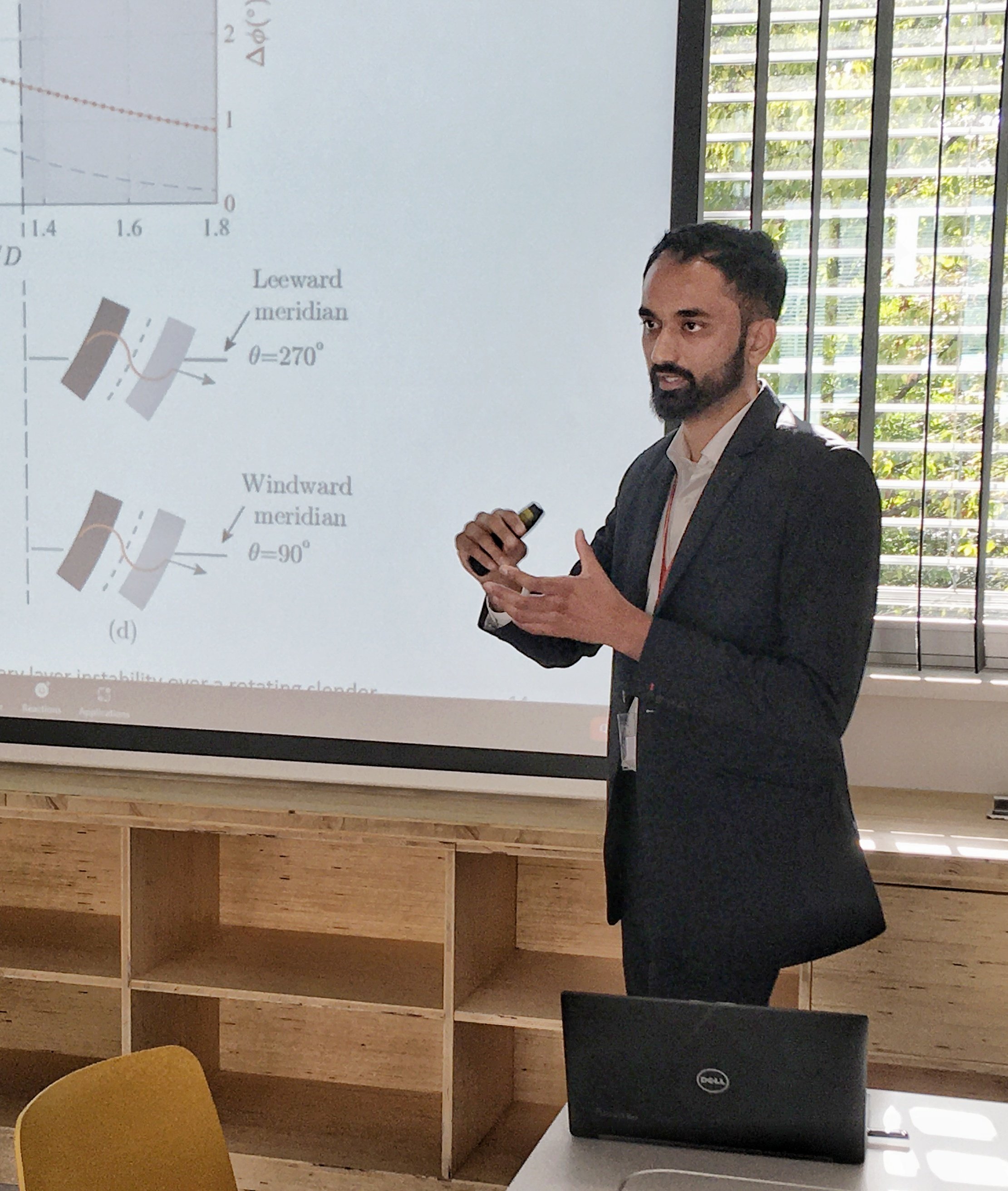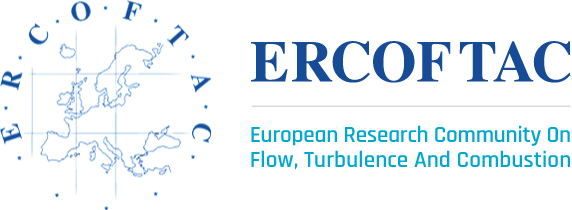17th ERCOFTAC Da Vinci Competition 2022 - Interview with Da Vinci Finalists

Sumit Tambe - finalist
of 17th Da Vinci Competition 2022
a) What is the topic of your PhD thesis?
My PhD topic was “Boundary-layer instability on rotating cones: an experiment-based exploration”. My thesis has provided a novel experimental approach to tackle this classical problem, using infrared thermography coupled with data-driven (POD) processing.
This approach enabled the first-ever detection of spiral instability modes on rotating nose-cones at realistic aero-engine flow conditions. Furthermore, breaking the flow symmetry was found to first inhibit but later allow the spiral vortex growth on rotating cones, indicating a delayed turbulence onset.
With these major findings and additional results on different cones with/without installed on a fan, this thesis has contributed to a ground for optimising nose-cones for efficient aero-engines.
b) What motivates you in your work?
Seeking to uncover natural mysteries has always been a motivating force for me. As a kid, it forced me to spend nights with a telescope and record observations of astronomical objects. But higher education, especially at TU Delft, exposed me to the mysteries of fluid mechanics---fluid motions, as spectacular as any deep sky object but within the reaches of a ground-based laboratory.
Systematically understanding the flow phenomena and thinking about their underlying physics gives me immense joy---something that keeps bringing me back to the labs! And of course, there is a belief that fundamental fluid mechanics research can unlock the unexplored design spaces for new technologies. This belief keeps me motivated during tough times, which are inevitable during a research journey.
c) What does the Da Vinci competition mean to you?
During the final round of the Da Vinci competition, we have the opportunity to present our findings from PhD, as a whole, to the world-leading experts in fluid mechanics. This is a rare and invaluable experience. It’s a super-boost to keep thriving for high-quality research and take up more challenging problems to solve, and it also allows learning from fellow finalists and taking home a list of ideas for further improvements.
d) Where do you see yourself in five years?
In the next five years, I see myself leading a team of junior researchers and PhDs at an academic institute. With the combined experimental and theoretical efforts, I see myself tackling interesting problems, e.g. rotating and stationary boundary-layer transition, novel flow control, roughness-induced flows, etc.
e) What advice would you give to new PhD students starting in fluid mechanics?
When possible, find or formulate the research questions in a way that would tantalise you. This provides that extra push when getting over the hurdles or finding a novel direction. But also be self-critical so that you avoid pitfalls, ensuring a good night's sleep when the outcomes arrive.
Also, drawing so-called “intelligent guesses” based on an analogy with well-known flow problems may not always work in complex flows that have different boundary conditions. Therefore, it is always best to self-admit not knowing something rather than drawing analogy-based guesses to convince ourselves. Sometimes, the problems which appear obvious may surprise you.
At last, it is not needed to be the expert in all the experimental, numerical, and theoretical tools. Therefore, know your strengths and use them in the best way to tackle the problems. At a later stage, collaboration can always help to involve other approaches to the problem.
